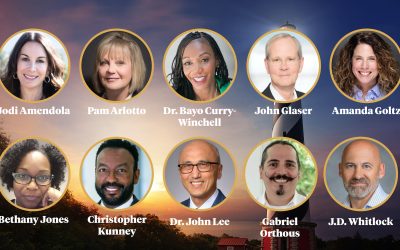Late last week, the MacArthur Foundation released the results of a seminal, 3-year ethnographic study that looked closely at how youth are using new media in their everyday lives. For the report, Living & Learning with New Media, some 800 youth were studied which included over 5,000 hours of observations of online activity.
Researchers were looking to answer two primary questions:
How are new media being integrated into youth practices and agendas? How do these practices change the dynamics of youth-adult negotiations over literacy, learning, and authoritative knowledge?
In our quick scan of the report which you can pick-up at the MacArthur Foundation, one of the most interesting comments the authors made in the Executive Summary (caution PDF) was the following:
Capitalizing on peer-based learning. Youth using new media often learn from their peers, not teachers or adults, and notions of expertise and authority have been turned on their heads. Such learning differs fundamentally from traditional instruction and is often framed negatively by adults as a means of “peer pressure.” Yet adults can still have tremendous influence in setting “learning goals,” particularly on the interest-driven side, where adult hobbyists function as role models and more experienced peers.
Why was this interesting? Let’s substitute a few words.
Capitalizing on peer-based learning. Youth Consumers using new media often learn from their peers, not teachers doctors or adults other caregivers, and notions of expertise and authority have been turned on their heads. Such learning differs fundamentally from traditional instruction and is often framed negatively by adults doctors as a means of “peer pressure.” ill-informed and inaccurate advice. Yet adults doctors can still have tremendous influence in setting “learning goals,” particularly on the interest-driven side, where adult hobbyists doctors and caregivers function as role models health coaches and more experienced peers.
Thus, in addition to simply learning about how “Digital Natives” (children) are using new media in their lives, some of the results of this research can be extrapolated to the early adopters of consumer-facing HIT solutions.
Though long on text and short on metrics, the report provides some insightful analysis and is worth the read for anyone targeting the digital native market or more broadly, early adopters of Internet-based solutions. Based on our feelings last week, maybe we should send a few copies of the report to the HIMSS conferenece board. Then again, have the strong feeling that anything so subtle as that would be completely lost on them.
For another perspective on the report, the NY Times article generated a flurry of comments, most appearing quite negative and from the more elderly, digital naive.




Locative media and the city: from BLVD-urbanism towards MySpace urbanism by Martijn de Waal
“The city of the digital natives
Most of these theories see the city as a purely physical space. So, how do these theories hold up in the era in which the city is saturated with media networks such as, to name just a few, GPS, WIFI, UMTS, HSDPA, GSM? Now that mobile and locative media change our interaction with our environment, no longer do we just experience the physical city itself: we SMS and chat with distant friends who in our minds are near at hand. We can inquire about our location, or leave virtual graffiti for those who’ll pass by after us. We can withdraw our attention from our actual surroundings, and into the mediated spaces of these networks. Or we can actively engage with our surroundings through the screens of our mobile phones.”
http://www.receiver.vodafone.com/locative-media-and-the-city